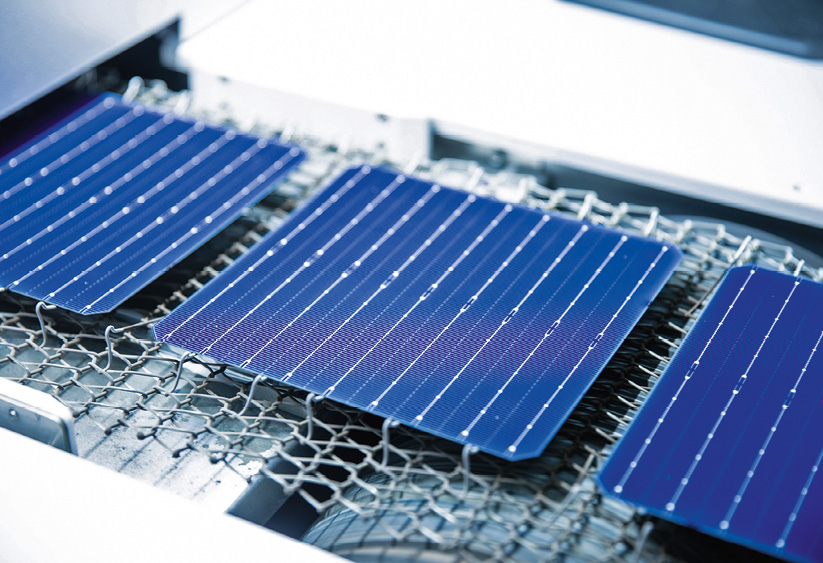Over time, LeTID can cause significant performance losses in PV modules in the field. The problem was first recognized around 2012; the industry did not know the exact cause behind it, but it has been quick to develop mitigation strategies.
Understanding the effectiveness of these strategies, and ultimately eliminating performance losses associated with LETID, requires comprehensive testing. Such testing is increasingly a requirement for module buyers wary of the financial impacts of unexpected performance losses.
With this in mind, an international group of researchers has investigated the stability to LeTID of gallium-doped Czochralski silicon (Cz-Si:Ga) PERC cells.
“In this study, we perform a wide variety of stability tests on typical industrial Ga-doped Cz-Si wafers and industrial PERC cells produced on the same material,” the scientists explained. “This serves to demonstrate that the robustness to LeTID of modern PERC cells originates in large part from adaptions within the cell process, as the material itself is still prone to degradation.”
The group performed the experiments on seven groups of Cz-Si:Ga wafers t with a resistivity range of about 0.4–1.0 Ωcm. In each group, half of the samples were processed into PERC cells produced by Chinese module maker Trina Solar in an old production line, and another half were processed into symmetrically passivated lifetime samples to assess the impact on the Cz-Si:Ga material itself.
Some samples were processed to create high hydrogen content and some to have lower content. According to existing scientific literature, the main contribution to LeTID is suspected to be the level of bulk material hydrogenation. In addition, boron-doped Cz-Si and boron-doped float zone silicon (FZ-Si) wafers were investigated for comparison.
“Our experiments on lifetime samples confirm that LeTID can, in fact occur in Cz-Si:Ga wafers,” the academics said. “The degradation was less pronounced than in boron-doped. The degradation was found under low and high illumination intensity at 75 C and also during the accelerated LeTID test of 2 sun equivalent. Illumination at 140 C. Dark annealing of the Cz-Si:Ga samples did not give rise to activation of LeTID defects in contrast to observations on B-doped material and earlier reports on a Cz-Si:Ga wafer.”
However, the experiment did not find LeTID affecting full industrial PERC cells. “We tested PERC cells under several conditions resembling different operation conditions and the accelerated LeTID test but found no relevant degradation,” they said. “This includes the cells to be stable after 300 ◦C dark annealing, which led to LeTID susceptibility in earlier product generations.”
In conclusion, the research group added that the differences in LeTID are due to the cell manufacturing process. “It can be stated that a suitable combination of dielectric passivation layers and thermal treatments – especially for metal contact formation – with Cz-Si:Ga effectively suppresses LeTID,” they said.
The results were presented in “Stability of industrial gallium-doped Czochralski silicon PERC cells and wafers,” published on Solar Energy Materials and Solar Cells. The researchers were from the UK’s University of Warwick; Germany’s Fraunhofer Institute for Solar Energy Systems ISE and the University of Freiburg; South Korea’s Korea University; and China’s Trina Solar and LONGi Green Energy Technology.
This content is protected by copyright and may not be reused. If you want to cooperate with us and would like to reuse some of our content, please contact: editors@pv-magazine.com.



What an amazing buzzword bingo headline! 🙂